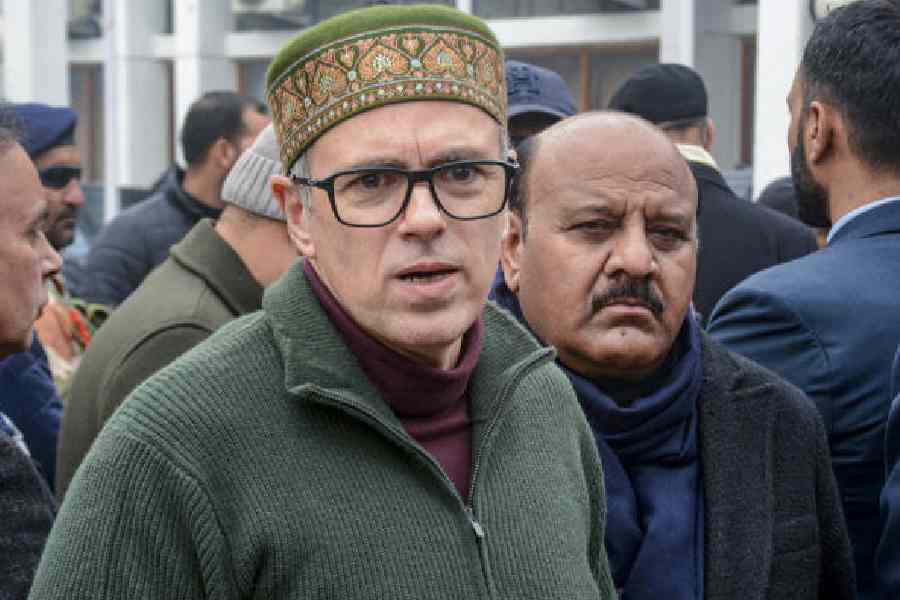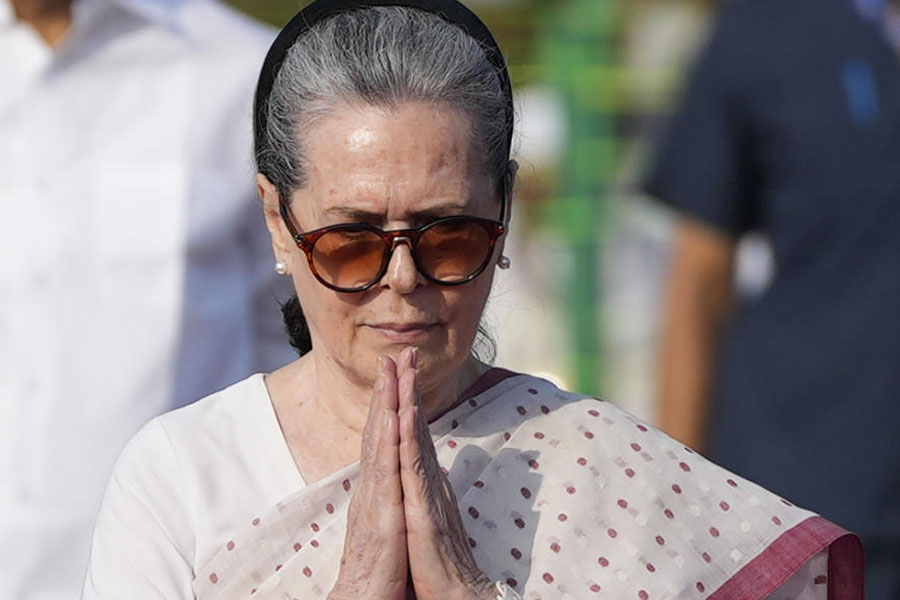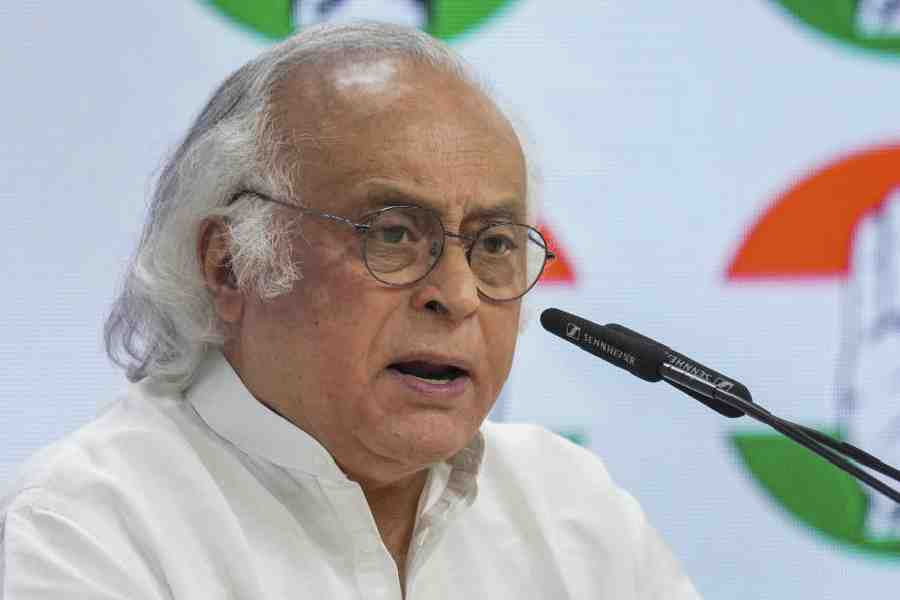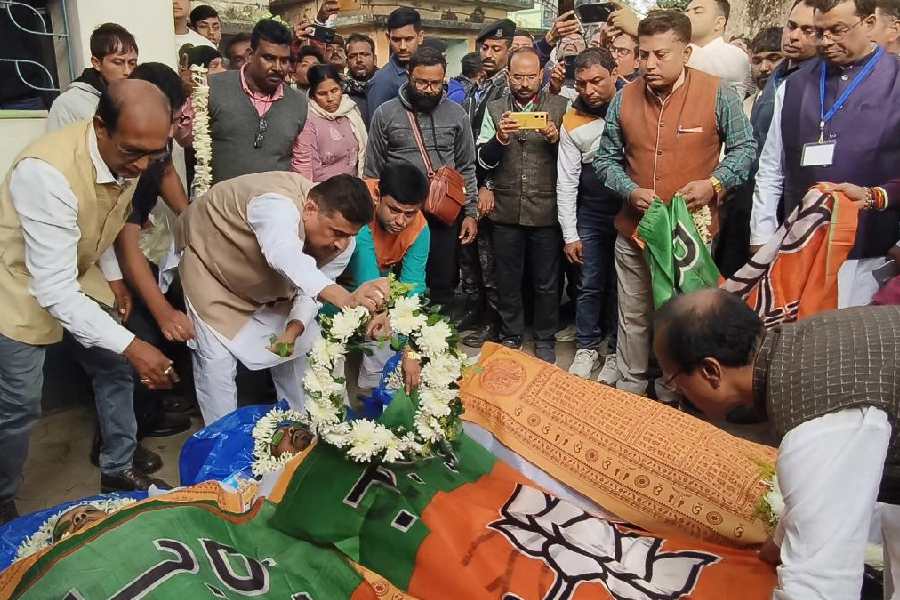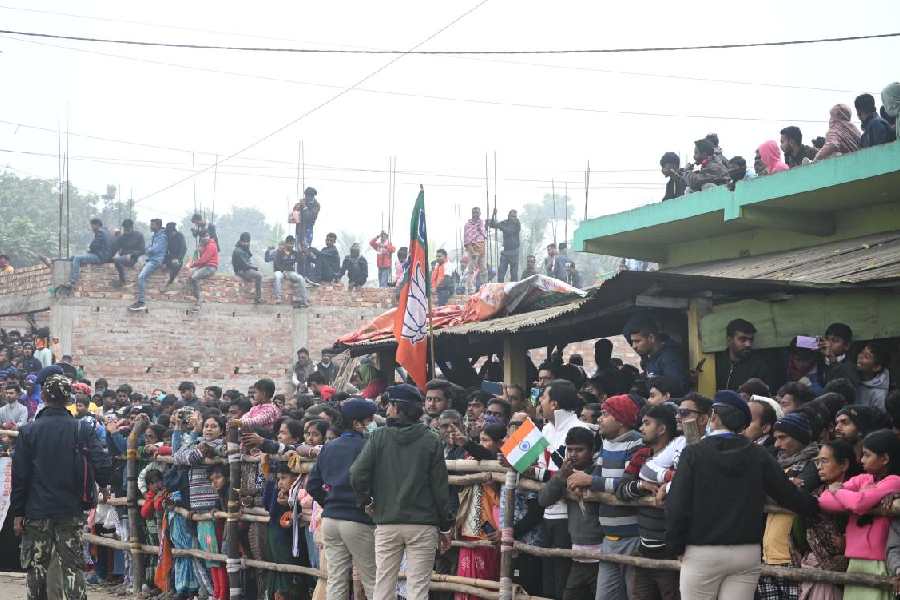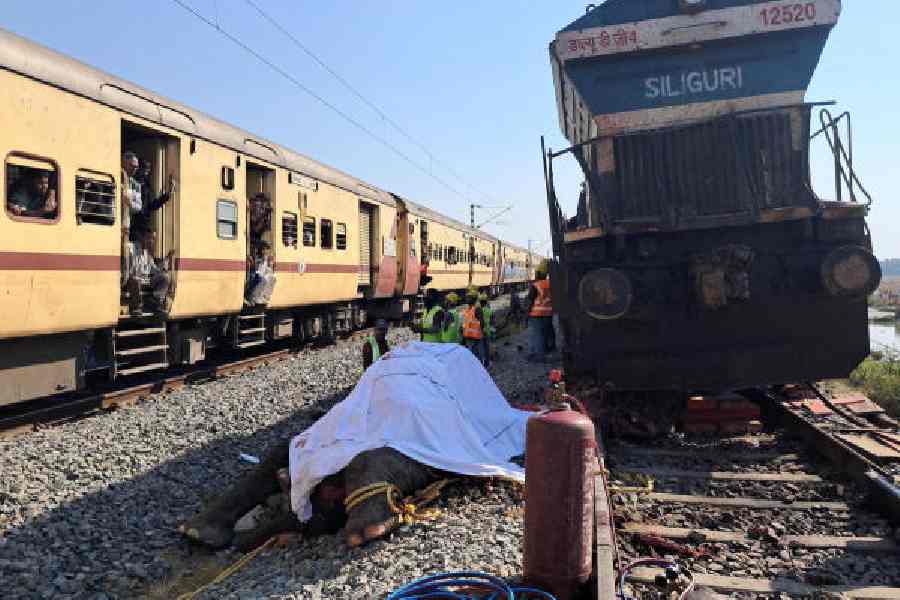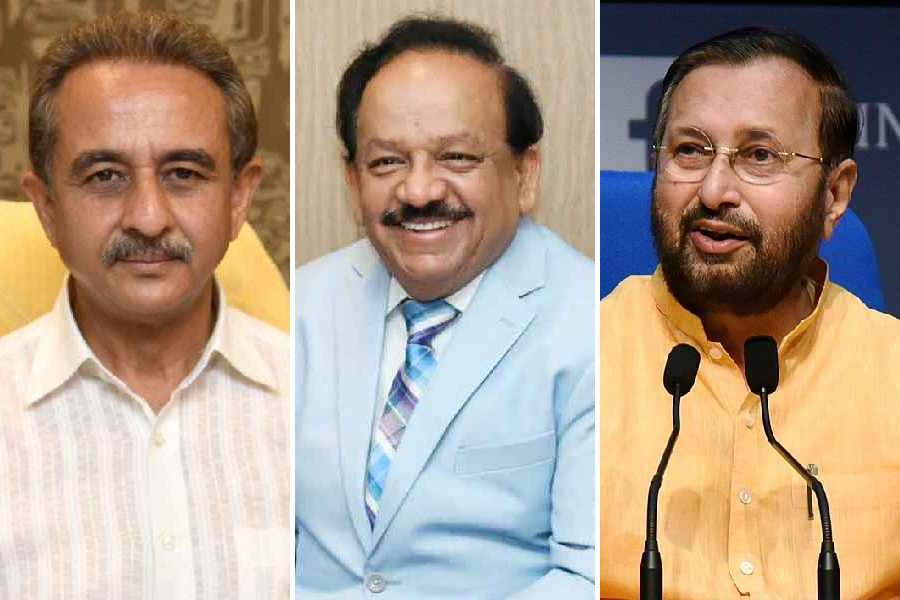|
|
Independent India in its early years saw itself as a novel sort of nation-state. The three pillars of its newness were secularism, non-alignment and the mixed economy. All three positions were rooted in the experience of the Congress’s struggle against colonial rule. Sixty years on, the collective verdict on the Republic’s early orientation has been harsh.
Non-alignment was a way of tackling two Cold War blocs and it threw India in the company of such a mixed bag of countries that no coherent or novel foreign policy could have emerged from it. When you think of India’s principal allies in the non-aligned bloc, you think of doomed national projects: Nasser’s pan-Arabism, Tito’s experiment with one-party confederalism, Sukarno’s authoritarian pluralism and Castro’s beleaguered experiment with socialism on a small island. The company of this bunch of dead-enders discredited non-alignment as a viable project.
Similarly, secularism began to seem like a feeble effort to do what the West had done for a couple of centuries, decouple religion from politics. It was commendable but it was part of the wardrobe of political hand-me-downs that we had bought in the intellectual thrift- shops of the Western world. Worse, secularism appeared to many well-meaning Indians to be a sort of pandering. To others, India’s secularism began to wear thin as the pogroms of 1984 and 1992 tore great rents in it.
And as for the mixed economy, far from being a clever middle-path, it was seen in hindsight as a perverse curbing of Indian entrepreneurial instincts, a nightmarish licence raj. India’s economic emancipation, it is now argued, has come about because India stopped seeing itself as exceptional or unique and submitted itself to the universal discipline of the global market.
The truth is that secularism, non-alignment and the mixed economy, far from being India’s claim to being exceptional, obscured the real uniqueness of the young republic. And its uniqueness was this: in 1947, a desperately poor subcontinental polity born out of genocidal violence, freighted with more religious communities, language groups and cultural differences than any other part of the world, set off to be a democratic, pluralist nation-state. And here’s the thing: sixty years later, India is still a democratic, pluralist nation-state. Sometimes marking time is epochal progress.
India today is the most important country in the world. To understand why, we need to look westward. Not very far west, just as far as Iraq. To excuse the failed occupation of that unfortunate country, Western adventurists have seized upon the presence of three communities, Shias, Sunnis and Kurds, as evidence of unnatural heterogeneity. A state odd enough to be home to such a variety of peoples is clearly an artificial state with arbitrary boundaries, doomed to disintegrate.
As pundit after Western pundit from the left, right and centre tells us why Iraq can’t be a democracy or even a nation because it’s too poor or too fractious or too various, you suddenly realize that if India didn’t exist, no one would have the imagination to invent it. And even if they did, they wouldn’t have the inclination to because in the absence of India, the prejudices about the non-West that Anglo-American policy-makers and opinion-mongers peddle for a living, would pass for wisdom.
But India is present, abundantly present: there are a billion of us and, in a collective way, we’ll be sixty next August. For sixty years we’ve dealt with hunger, violence, pogroms, secession, terror, democratic change, communist chief ministers, fascist chief ministers, jingoism, wars, hot and cold, and we’re here, the greatest democratic project undertaken in the history of the world, still present…but not accounted for.
Not accounted for because the cumulative weight of India’s achievement hasn’t sunk in. If Indians do not recognize what India has wrought, why should we expect the West to make that reckoning?
One reason for our inability to see India’s signficance is our habit of thinking of India’s institutions as derivative. We borrowed our parliament from Westminster, so the assumption is that the best we can be is decent imitators. Most of the time the world didn’t even give us credit for that. I remember, a few years ago, The Economist memorably described India as a terrible advertisement for democracy. Even a sympathetic historian like Barrington Moore Jr., in his book on the social origins of democracy, called his chapter on India, “The Price of Peaceful Change”!
What’s forgotten in these descriptions is the way in which Indians improvised a pluralist nationalism that made it clear that no one community owned the nation, the ingenuity with which we invented schemes of affirmative action that in a world of ancient inequality acknowledged the need for justice, the slyness with which we avoided clientage through the long years of the Cold War.
Now we’re the elephant in the room when Western commentators invoke the Free World or reach once more for that mythical beast, the Judaeo-Christian past of democratic peoples. It’s not merely that we’re free and not Western, democratic and conspicuously not Judaeo-Christian, though both these things are important in a world made claustrophobic by the self-congratulatory narcissism of the Anglo-American West. It is also that we are these things without being occupied by MacArthur, protected by CENTO or bailed out by the Marshall Plan. And what’s more, we’ve taken the West’s largest claim to political liberalism, the separation of church and state, or secularism, and turned it into a many-petalled pluralist flower.
So when Holland, that bastion of ‘tolerance’ and ‘multiculturalism’ commits itself to banning the burqa because the practice of a hundred Muslim women subverts the foundations of Western democracy, when English politicians vie with each other to steal the white constituencies of the British National Party and when every leader in Europe from Romano Prodi to Ségolène Royal to Tony Blair feels free to publicly tell Europe’s Muslims that they need to behave, amid this hysteria, India stands out as a model of balance and sanity.
Despite a long history of communal riots and pogroms, despite secessionism, terrorist attacks on parliament and elsewhere, India still isn’t in the business of banning burqas or ordering Sikhs to present themselves for haircuts. No one should underestimate the occasional cruelty of the Indian state or the discrimination many minority populations face in India, but equally, Indians should take great pride in the country’s pluralist equilibrium, its remarkable poise. So when we hear a complacent Western voice divide the world into the civilized West and the unwashed Rest, we should raise our trunk and swish our tail and having made our enormous presence felt, politely ask if he could say that again.



